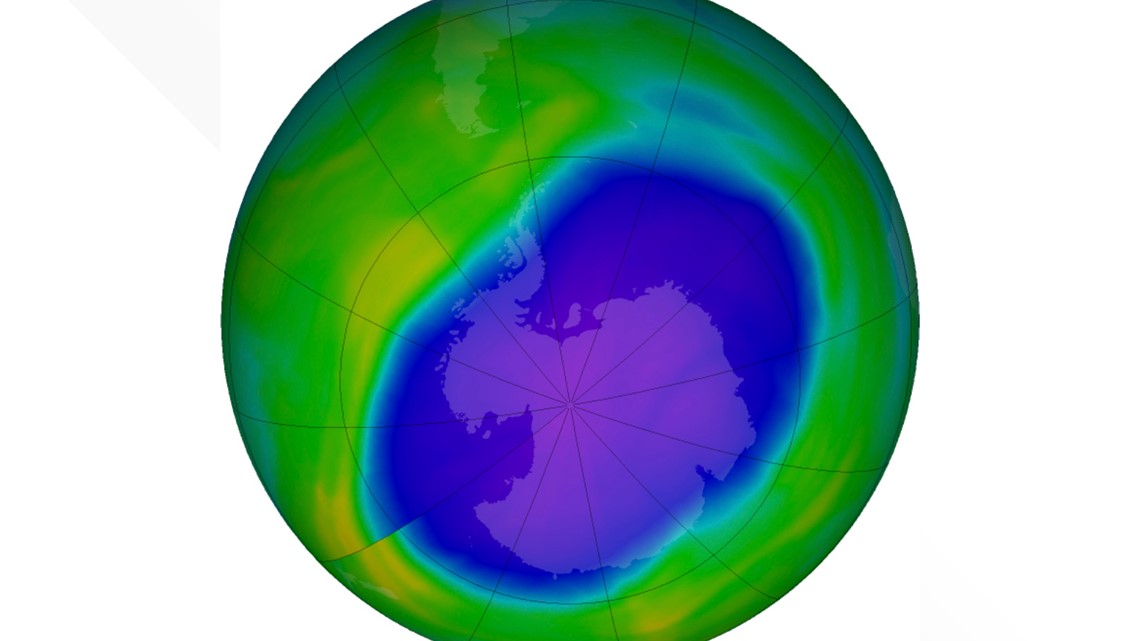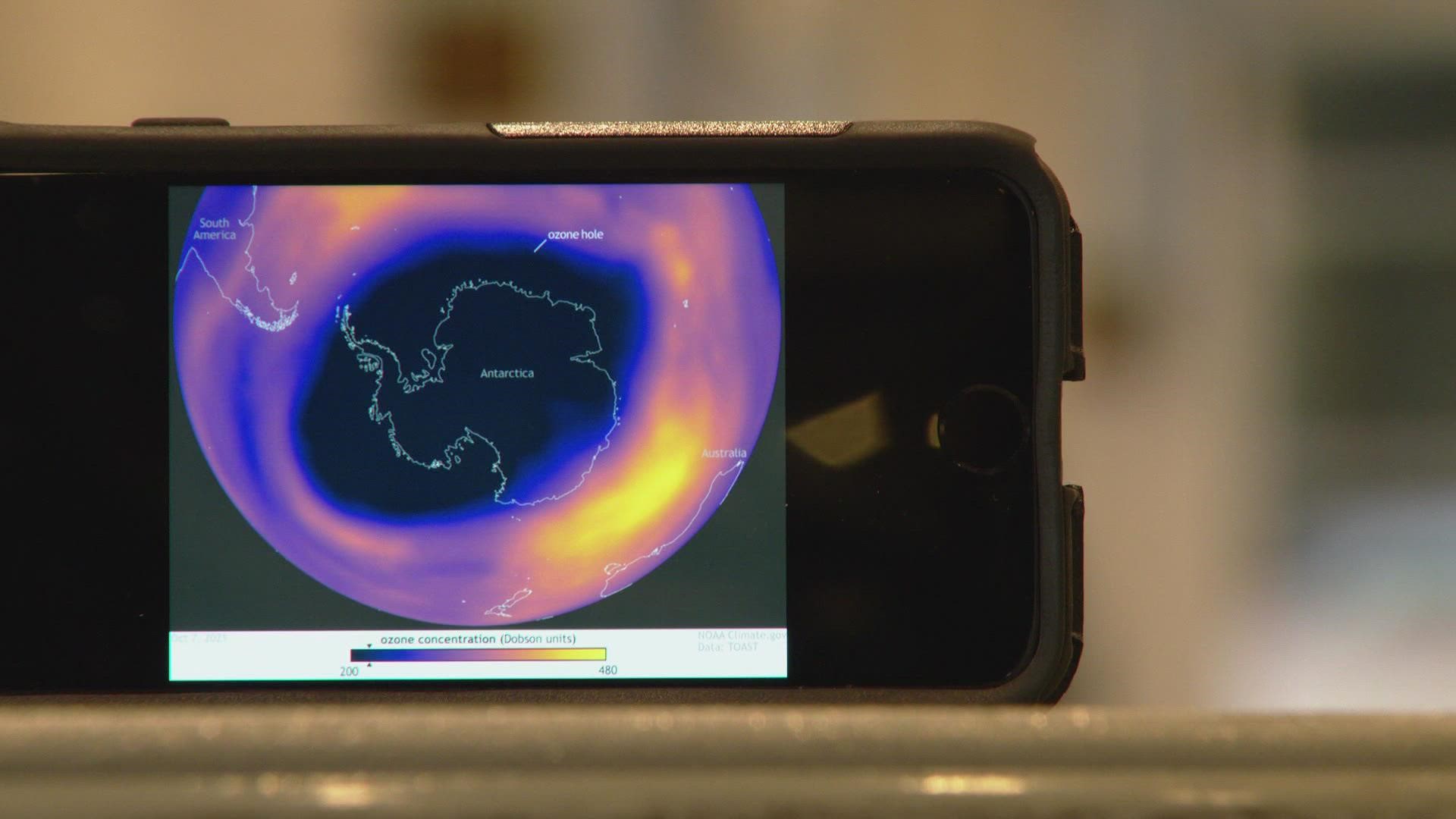DENVER — A scientist who helped lead a United Nations report on the Earth's protective ozone layer said on Tuesday that "we have solved this problem. On the other hand vigilance is required."
David W. Fahey is director of the U.S. National Oceanic and Atmospheric Administration’s chemical sciences lab and a co-chair of the Scientific Assessment Panel of the Montreal Protocol. In the U.N. panel's latest report, presented in Denver on Monday, scientists found that the ozone layer is on track to fully recover in less than 50 years.
The Montreal Protocol is an international treaty that was agreed upon in 1987 to stop the depletion of the ozone layer by phasing out chemicals that destroy it. Fahey said his role is to be one of the "gatekeepers for the science" behind the protocol.
Fahey spoke with 9NEWS about the Montreal Protocol and the latest report on the Earth's ozone layer. His answers are below and edited for clarity.
Q: What does this most recent report on the science show you?
The Montreal Protocol and its actions are a really good news story. This is the fourth decade of the Montreal Protocol and working together with all nations of the world to control these gases, but at the same time make sure that everyone still has access to refrigeration and air conditioning.
So as they took away the compounds that we know are dangerous, ... they provided replacements and substitutes that work in those same appliances. ... What we documented this time is that we’re on track to have the ozone layer recovered.
Q: When will the ozone layer be recovered?
We’re all very familiar with the Antarctic ozone hole – this feature that shows up every year over the Antarctic continent. It’s still there today, and we expect it will still be there a few decades from now before it fully disappears.


Q: Why is it important that stopping depletion of the ozone layer is an international agreement?
It’s an international process by design. After all, there is one atmosphere and one ozone layer, and so we all share that particular resource.
Q: Can the lessons of the Montreal Protocol translate to other environmental issues?
When we look ahead to how are we going to cope with the climate change issue, the world would really benefit from having a protocol in place to help control the gasses that we know are leading to severe climate impacts.
But we need to be thoughtful that the scale of dealing with climate gasses is far larger than the scale of dealing with ozone-depleting gasses. So yes, it’s a template, but we will have to work pretty hard to make such a protocol work.
Q: What is your takeaway from this?
We can be a little relaxed about the ozone layer. We have solved this problem. On the other hand vigilance is required to carry out the controls that the Montreal Protocol has been put in place.
Between now and then, the key thing is to maintain that vigilance – to make sure that we’re still not putting compounds in somehow and to make sure they’re decaying in the atmosphere the way we thought they should.
SUGGESTED VIDEOS: Colorado Climate

